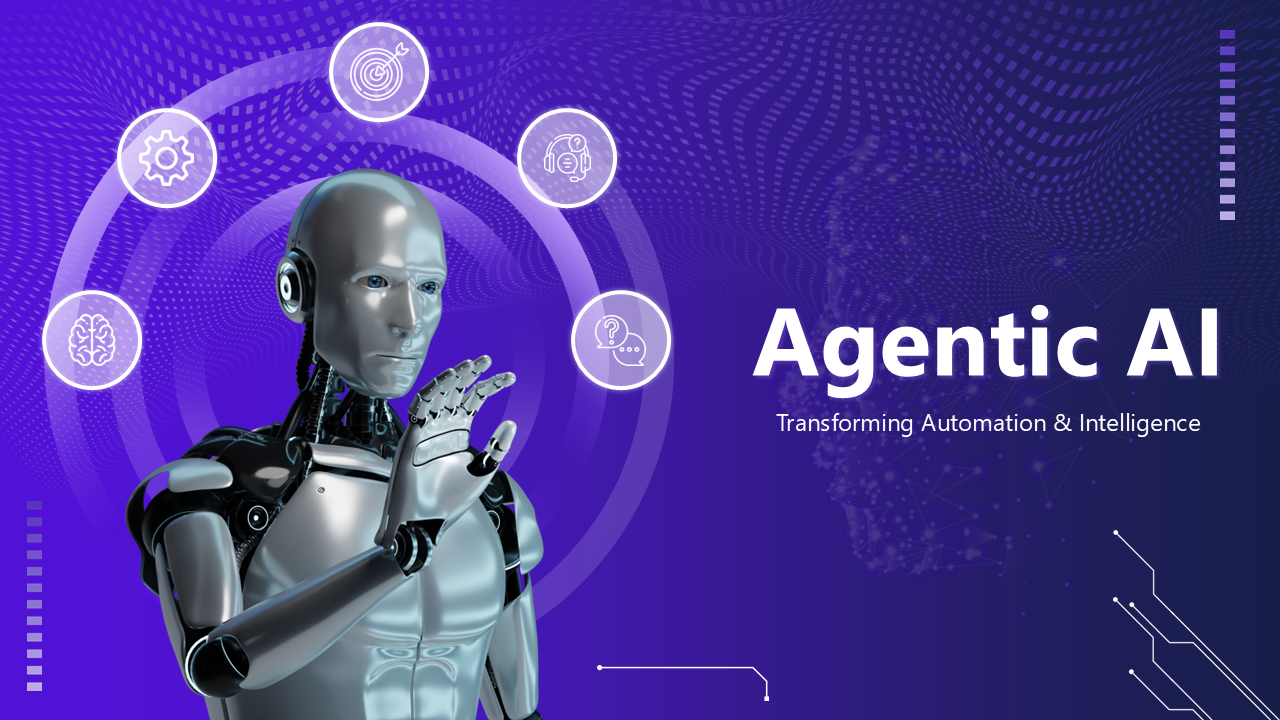As cyber threats evolve rapidly, companies are turning to advanced tools like Agentic AI security. Unlike traditional software or static rules, agentic AI tools act proactively, analyzing data, detecting patterns, and making decisions independently. Businesses across industries—from finance to healthcare—are seeing huge potential in these self-directed security agents. However, deploying them responsibly requires careful design and governance. In this article, we explore what agentic AI security means, why it matters, the challenges it presents, and how companies can safely integrate this innovation.
Understanding Agentic AI Security
Agentic AI security refers to autonomous AI-driven systems that actively monitor, reason about, and respond to security threats. Unlike conventional solutions that require human intervention at every step, agentic AI adapts as new threats emerge. Its capabilities stem from large language models combined with decision-making logic that enables agents to perceive context, execute actions, and continuously learn.
This is why Agentic AI security is a game-changer. It can detect anomalies and block intrusions faster than human analysts. Real-world tools like Google Chronicle SOC already show success: agentic AI sorts through millions of daily alerts, triages them, and responds at machine speed. This quick action minimizes damage and reduces incident response times.
What truly differentiates agentic AI is its continuous learning. Every action—whether blocking a phishing attempt or analyzing malware—feeds back into the model. This constant cycle of observation and adaptation refines its detection patterns over time. The result? Smarter defenses that improve without manual tuning.
Benefits of Agentic AI Security
The benefits of Agentic AI security span speed, scalability, and accuracy.
First, speed: agents can detect and remediate issues almost instantaneously. A traditional security team might need hours to isolate a compromised server, but an autonomous AI agent can do so in seconds.
Second, scalability: one system can deploy hundreds or thousands of AI agents across different endpoints and networks. This reduces dependence on manual monitoring and enables companies to protect vast digital footprints.
Third, higher accuracy: agentic AI security tools examine context before sounding an alarm. That means fewer false positives and less wasted time chasing irrelevant alerts. They also bring explainable AI into the process, allowing security teams to understand every decision an agent makes.
And finally, adaptability: these agents grow smarter with every incident they face. They detect new malware, analyze new attack vectors, and incorporate those lessons into their future operations.
Risks and Challenges
Despite its promise, Agentic AI security raises important risks. One is unbounded behavior. Without strict limits on what these agents can do—what files they can access or which servers they can touch—an AI might take excessive or inappropriate action. It’s vital to establish clear boundaries.
Another issue is traceability. Since agentic AI systems act with some autonomy, each action must be logged thoroughly. Detailed audit trails help compliance teams verify decisions, investigate anomalies, and prevent misconfigurations.
There are also privacy implications. Many AI agents need access to data to make decisions. Poor privacy protections could expose sensitive information or violate regulations like GDPR. This is especially crucial for healthcare and financial companies.
Lastly, adversaries may attempt to trick these agents. Adversarial attacks could introduce misleading data that makes an agent behave in dangerous ways. This means AI defenses must be stress-tested with simulated attacks before going live.
Best Practices for Secure Deployment
Given the risks, companies must put robust processes in place when using Agentic AI security.
Start with a zero-trust architecture. Every agent must have its own identity and a restricted access profile. Limit agents’ permissions to only what they need.
Implement strict audit logging. Capture all actions and decisions made by the agent in detail. This transparency is invaluable for debugging and compliance.
Sandbox agents in controlled environments. Agents shouldn’t access live networks without guardrails. Run them in simulation mode first, test thoroughly, and then scale to production once confidence is established.
Introduce human oversight. Require human approval for any high-risk actions, like shutting down servers, disabling accounts, or moving large datasets. This protects against runaway behavior.
Finally, perform red team exercises. Continually challenge your agentic AI with simulated threats to identify weaknesses before real attackers do.
Industry Adoption and Future Outlook
Big tech companies and early adopters already show what’s possible with Agentic AI security. Google’s Chronicle SOC integrates agents powered by Gemini 1.5 to reduce alert volume and boost incident triage. Other organizations across logistics, finance, and healthcare are exploring similar tools.
In healthcare, for instance, agents help detect ransomware early and contain infections before they impact hospital operations. In financial services, agents rapidly identify suspicious transaction patterns and block accounts preemptively. Even public sector agencies have started using agentic AI to protect critical data infrastructure.
Analysts predict agentic tools will become mainstream across most verticals by 2028. This is due to their flexibility and scalability. Instead of hiring large teams to monitor networks manually, companies can leverage AI to cover more assets with fewer errors.
That said, regulation must catch up. Privacy protections, data handling requirements, and legal liabilities will need to evolve alongside agentic AI. This will require ongoing dialogue between tech companies, regulators, and security professionals.
Conclusion
Agentic AI security represents a leap forward for cyber defense. Its autonomy, adaptability, and precision offer an appealing answer to increasing threat volumes. Yet successful deployment depends on robust safeguards. Companies must embrace zero-trust principles, strict logging, human oversight, and continuous stress-testing.
With these measures in place, agentic AI can proactively protect networks, reduce response times, and allow security teams to focus on complex threats that require human judgment. As adoption grows, companies and regulators alike will shape the standards that ensure these autonomous tools remain both powerful and trustworthy.
When properly governed, Agentic AI security will not only improve cybersecurity effectiveness but also enhance resilience across all industries. That’s a future worth building toward.
Read More






 Friday, 21-11-25
Friday, 21-11-25







